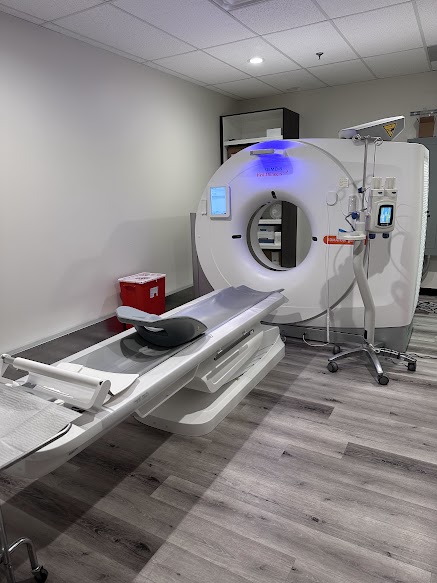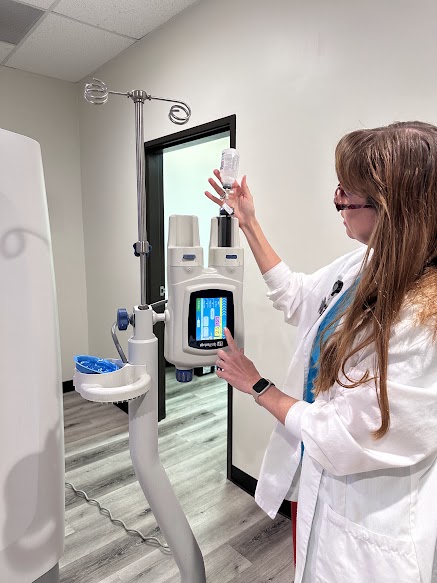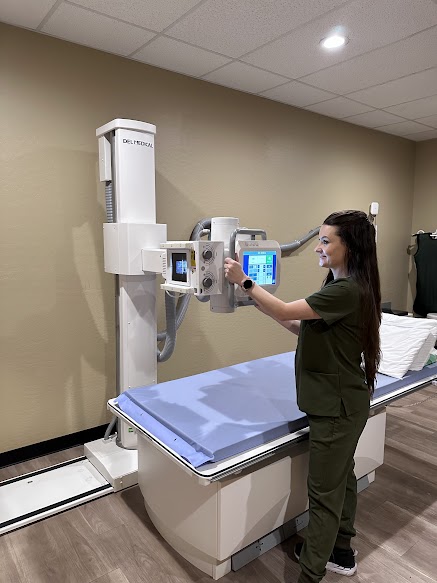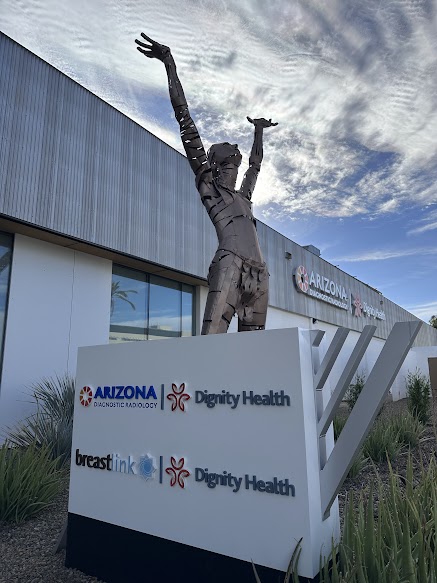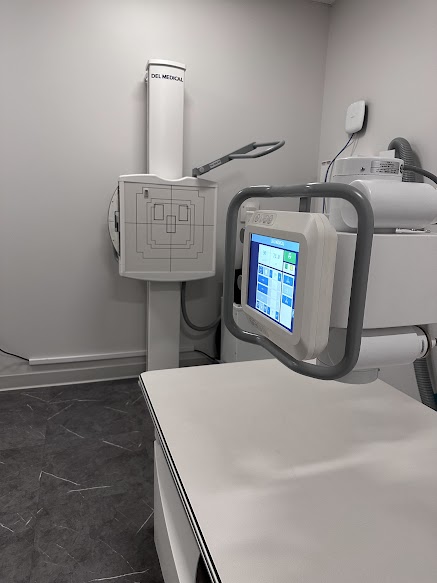
Virtual Colonoscopy
Every year there are thousands of preventable deaths from colorectal cancer. Colorectal cancer, which comprises both colon and rectal cancer, is the third leading cause of cancer-related deaths among American men and women.
Regular colorectal cancer screenings help prevent these deaths by catching the disease in its early stages, when it is most treatable. According to the American Cancer Society, if colorectal cancer is detected in stage I, the average 5-year survival rate is over 90%.
Virtual Colonoscopy provides the same sensitivity and specificity as conventional colonoscopy while also looking at the organs outside of the colon for signs of cancer, which regular colonoscopy cannot do.
The exam takes no more than 30 minutes and is performed on a CT scanner, providing high-resolution 3D images of the inner lining of the colon and rectum.
Other benefits to Virtual Colonoscopy include:
- Minimally invasive and requires no sedation and no hospitalization.
- Fewer risks, compared to regular colonoscopy.
- Much quicker procedure than regular colonoscopy – no more than 30 minutes.
- There is no recovery time – you can resume your regular activities immediately.
- Often an easier exam for people who are older or who take blood thinners.
Ahwatukee
4530 E Ray Rd, #160, Phoenix, AZ 85044 | (480) 893-1004
Apache Junction
1840 W Apache Trail, Apache Junction, AZ 85120 | (480) 288-6400
Questions and Answers
Regular colorectal cancer screenings help prevent colorectal cancer deaths by catching the disease in its early stages, when it is most treatable. According to the American Cancer Society, if colorectal cancer is detected in stage I, the average 5-year survival rate is over 90%
- Q: What is virtual colonoscopy?A: Virtual Colonoscopy is used to identify abnormalities in the lower digestive tract and to screen for colon cancer and polyps in the colon. The exam takes no more than 30 minutes and is performed on a CT scanner, providing high-resolution 3D images of the inner lining of the colon and rectum.
- Q: How do you prepare for a virtual colonoscopy?
A: The prep for a Virtual Colonoscopy is pretty much the same as it is for a conventional colonoscopy, as the colon needs to be cleaned out in order for the exam to be effective. You may have to change what you eat for a few days and take medication or a laxative to flush the colon out.
Prior to the exam, you will drink a special contrast liquid which lines the inside of your intestine and makes it easy to see on the CT scans. This liquid is harmless for you to ingest.
Make sure the radiologist knows about any medications you take, including any over-the-counter therapeutics such as vitamins, supplements and herbs. You may be asked to stop taking these for a short time before the exam.
- Q: What happens during the procedure?
A: Virtual Colonoscopy requires no sedation and no hospitalization.
You will be asked to lie down in the exam room and a trained technician will insert a short, thin tube into your rectum which will be used to fill your intestine with air. This helps expand and smooth out the intestinal area so the best images can be obtained. Your belly might feel full, but it shouldn’t hurt.
Once the air is in, you will be slid into the CT scanner where the technician will be able to see, hear and talk to you the entire time. You may be asked to turn onto your side or hold your breath at different times during the exam but overall, the entire procedure should take no longer than 15 minutes.
- Q: What happens afterward?
A: Once the exam is over, you may feel a little bloated for a while and have some gas as you pass the air out of your intestine. Otherwise, you can resume your normal diet and regular activities. Because no sedation is involved, there are no limitations.
- Q: What are the advantages of virtual colonoscopy?
A: Virtual Colonoscopy provides the same sensitivity and specificity as conventional colonoscopy while also looking at the organs outside of the colon for signs of cancer, which regular colonoscopy cannot do.
Here are some other benefits to Virtual Colonoscopy:
- Minimally invasive and requires no sedation and no hospitalization.
- Fewer risks, compared to regular colonoscopy.
- Much quicker procedure than regular colonoscopy – no more than 30 minutes.
- There is no recovery time – you can resume your regular activities immediately.
- Often an easier exam for people who are older or who take blood thinners.


